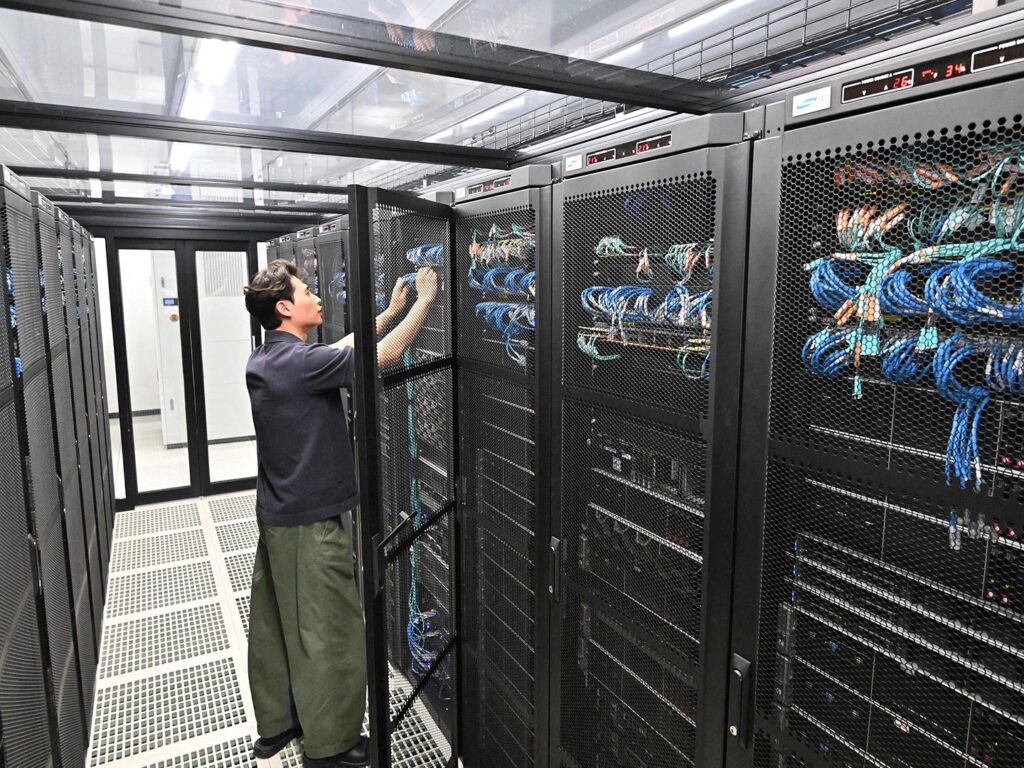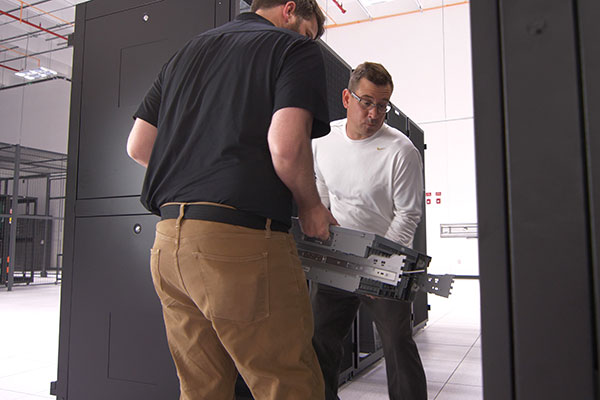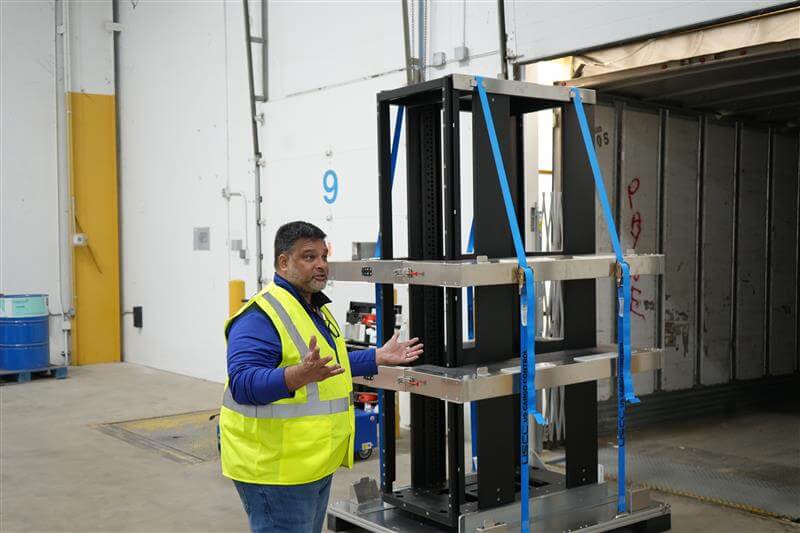Your complete process breakdown for an efficient and secure data center lift and shift.
A physical data center lift and shift is one of the most demanding tasks in IT infrastructure relocation. It involves carefully dismantling, packing, transporting, and reinstalling sensitive equipment like server racks, switches, storage arrays, and networking components. Unlike cloud migration, this process deals entirely with the physical movement of hardware which means precision, planning, and technical handling become absolutely crucial.
When businesses grow, expand, or upgrade their facilities, the need to relocate their data center arises. In such cases, lift and shift allows companies to move their entire IT setup exactly the way it is, without changing configurations or redesigning systems. This method keeps costs under control and minimizes downtime, while ensuring your infrastructure continues operating smoothly once reinstalled in the new location.

Understanding Data Center Lift and Shift
In simple terms, lift and shift means relocating your existing IT environment from one place to another as-is. Every server, rack, and cable is moved safely and reinstalled in the same structure at the new site. For many businesses, this approach is ideal because it doesn’t require rebuilding systems or changing the way their applications run. The goal is to shift your entire setup without interrupting business-critical operations.
To achieve this, every detail matters: from how a single cable is labeled, to how racks are secured in the vehicle, to how airflow and power are set up in the new location. That’s why companies prefer a professional relocation team that understands both IT hardware and data center protocols.
How the Data Center Lift and Shift Process Works
A successful data center relocation starts with a detailed site survey. Before touching any equipment, technicians study both locations, the current site and the new one – to understand access paths, floor layouts, lift dimensions, power arrangements, cooling zones, and rack positioning.
We document every component in the existing setup, right down to port numbers and network dependencies. This early planning helps avoid surprises during migration and ensures the infrastructure can be recreated exactly as before.
Once planning is complete, the preparation stage begins. This is when backups are recommended, cables are carefully label-marked, rack layouts are documented, and sensitive components are identified for special protection. The goal here is clarity: when the equipment reaches the new data center, the team should know exactly where everything belongs. ESD (Electrostatic Discharge) precautions are also set up at this stage so hardware remains safe throughout the process.

On the migration day, the equipment is shut down in a controlled manner to prevent data corruption. The team then dismantles the racks or individual units based on the migration plan. Each server, switch, and storage unit is wrapped in antistatic material and protected using multi-layer packaging.
Heavy-duty carts, trolleys, and shock-absorbing vehicles are used to ensure smooth movement. Throughout this stage, documentation ensures every component is traceable, from the old location to the new.
Once the equipment reaches the new site, the reinstallation begins. Racks are positioned according to the predefined layout. Servers are fitted back into place, cabling is reconnected using earlier labels, and the network structure is recreated exactly as it was.
After everything is installed, the team performs power-on checks, cooling validation, network tests, and performance monitoring. Only after every system runs smoothly is the setup handed back to the IT team.
Why Professional Lift and Shift Matters
Data center movement is not a simple transport job. Servers, storage devices, fiber connections, and rack-mounted systems are extremely sensitive. A minor shock, incorrect packing, or wrong reconnection can lead to downtime, hardware failure, or data issues. A skilled relocation team brings the experience to handle this professionally – using anti-static protection, proper labeling, safe handling tools, and structured reinstallation methods.
Additionally, downtime is a major concern. A well-planned lift and shift minimizes disruption by carefully organizing the cutover window and ensuring everything is ready for immediate reinstallation. For businesses that rely on 24/7 operations, this expertise makes all the difference.
How We Add Value to Your Data Center Migration
Our team ensures your physical data center lift and shift happens smoothly from start to finish. With trained technicians, ESD-safe handling practices, and detailed documentation, we protect your hardware at every step. We use structured packing methods, including 7-layer protective materials, to ensure your equipment stays safe during movement. Once at the new site, we rebuild your entire setup exactly as it was, ensuring your infrastructure becomes fully operational without unnecessary delays.
We focus on reducing downtime, managing risk, and keeping your data center equipment safe so you can transition to your new location confidently and without stress.

Conclusion
A data center lift and shift requires a perfect balance of technical skill, planning, and precision. When handled correctly, your entire IT setup can move from one facility to another with minimal downtime and zero damage. With a professional partner overseeing the process, you get a smooth, controlled relocation that keeps your business running without disruption.
If you’re planning a physical data center move, we can support you from the first survey to the final power-on check ensuring your infrastructure stays safe and your operations stay uninterrupted.
